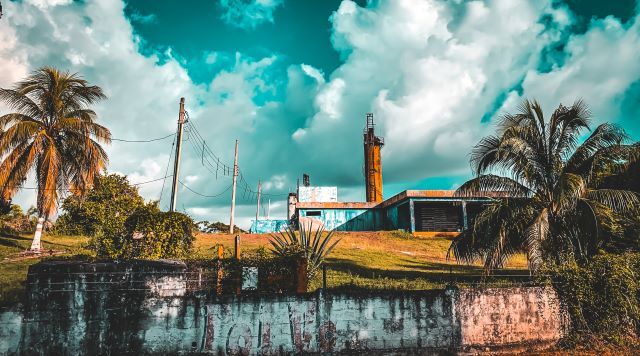Discovering Chetumal Along the Bay and Hondo River
Explore the charming and unique city of Chetumal on a 130-kilometer journey from Oxtankah to La Union. Discover the historical and cultural richness, from its archaeological zone to its diverse border town. Don't miss out on the many attractions and sights this destination has to offer.

Chetumal, founded in 1898, is a young city located on the border between Mexico and Belize. Despite its youth, the city offers many interesting attractions and sights for travelers to explore. From the bay of Chetumal and the Hondo River to the cultural diversity of a border town, Chetumal is a destination worth visiting.
This guide will take you on a 130-kilometer (81 miles) journey from Oxtankah to La Union, highlighting notable stops along the way such as the archaeological zone of Oxtankah and the seafood restaurants of Calderitas. Join us as we embark on this journey through the charming and unique city of Chetumal.
This 130-kilometer route takes you from northeast to southwest, with all points along the way easily accessible by paved road. First, you'll travel from Oxtankah to Chetumal, following a road that runs along the bay of Chetumal. Then, you'll head from Chetumal to the town of Ucum on federal highway 186, towards Escárcega, Campeche.
In Ucum, make a south turn to take the third section of the route - an 86-kilometer road that runs parallel to the Hondo River, leading you to the border town of La Union. Getting around Chetumal is easy, with most of the city's main points located near the bay, except the museums.




